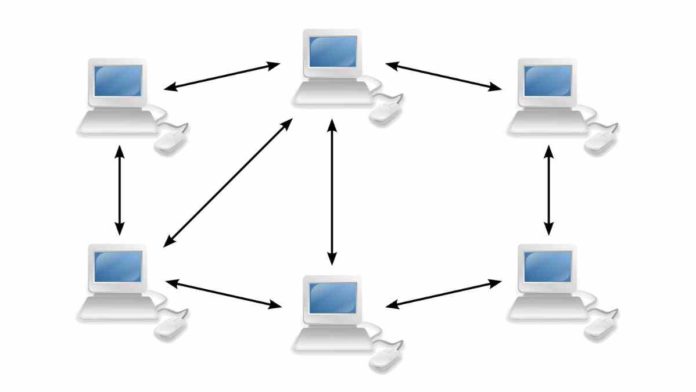Peer-to-peer (P2P) networking has become a powerful and decentralised way for computers to talk to each other in the world of computer networks. P2P networking, unlike standard client-server architectures, lets devices talk directly to each other. This lets them share resources, exchange data, and work together without the need for a central hub. Using DHCP ports is an important part of P2P networking because they make it easier for devices to talk to each other in a smooth and efficient way. In this piece, we’ll learn about peer-to-peer networking and how DHCP ports make it possible for devices to talk to each other directly.
Understanding Peer-to-Peer Networking
Peer-to-peer networking is a type of network design in which each device, called a “peer,” talks to every other device on an equal level. In client-server models, where all information goes through a central server, each peer in a P2P network can act as both a client and a server at the same time. This decentralised method has a number of benefits, such as better scalability, fault tolerance, and the ability to use all of the network’s resources.
The Role of DHCP Ports
Dynamic Host setup Protocol (DHCP) ports are an important part of peer-to-peer networking because they allow IP addresses and other network setup settings to be given out automatically. When a device joins a peer-to-peer network, it needs an IP address so it can talk to other devices on the network. When an IP address is given out, DHCP ports are used to make sure that each device on the network has a unique name so that it can talk to other devices directly.
DHCP Port Assignment
To understand how DHCP port assignment works in peer-to-peer networking, let’s imagine that two machines, A and B, want to talk to each other directly. At first, neither gadget knows the IP address of the other. When Device A wants to talk to Device B, it sends a DHCP request message to the whole network. All of the devices in the network, including Device B, get this message.
When Device B, which is working as a DHCP server, gets the DHCP request message, it checks its pool of available IP addresses. If there is a free IP address, Device B sends a DHCP offer message to Device A, suggesting an IP address. This offer message has the IP address and the DHCP port information that goes with it.
Device B sends the DHCP offer message to Device A, which is a DHCP receiver. It agrees to use the IP address that was offered and sends a DHCP request confirmation message to Device B to let it know. Device A sets up its network interface with the IP address and DHCP port number that were given to it at the same time.
Now that Device A and Device B have been given IP names and DHCP ports, they can talk to each other directly. They can share information, work together, and share resources without having to use a single server. Using DHCP ports makes sure that each device on the network can be found and reached by its own unique address.
Benefits of Peer-to-Peer Networking
Peer-to-peer networking has a number of benefits that have helped make it famous and widely used. First, it lets devices work on their own without depending on a central server. This makes the network more reliable and less likely to fail at a single point. P2P networks can also work well as the number of devices connected to them grows because peers share the work of processing and maintaining network resources.
P2P networks also make it possible to use network resources in an effective way. For example, devices can share their processing power, storage space, or even network traffic, which makes them more efficient and saves money. P2P networking also makes it easier for people to talk to each other directly, which cuts down on latency and improves the overall performance of network apps.
Conclusion
Peer-to-peer networking changes the way client-server systems work by letting devices talk to each other directly. DHCP ports are an important part of this way of communicating because they allow IP addresses and network configuration information to be given out automatically. With DHCP ports, devices in a P2P network can share information, work together, and share resources without the need for a central hub. Peer-to-peer networking has many benefits, such as better performance, greater scalability, fault tolerance, and efficient use of resources. As technology gets better, the power of P2P networking and DHCP ports will continue to shape how devices will talk to each other in the future.


